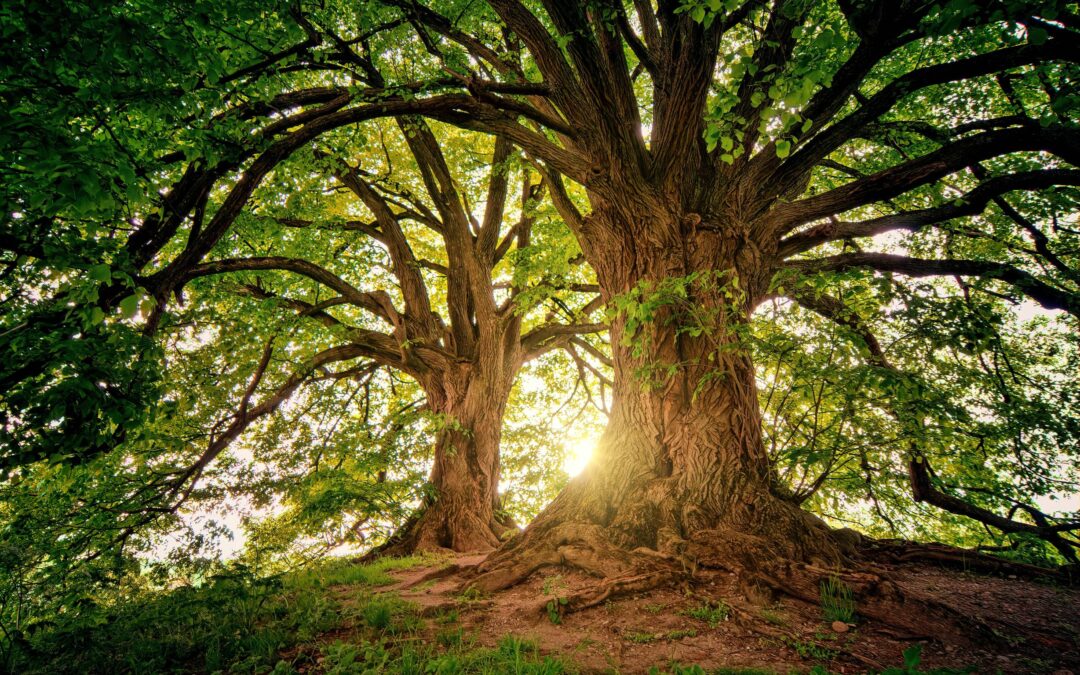Summer is here, and with it come the familiar sights of popsicles, sunbathing, and sizzling eggs on the sidewalk. Unfortunately, however, the scorching heat can also take its toll on the trees in your outdoor spaces.
To keep your trees healthy and thriving, consider these simple tips. Implementing these strategies can help your trees survive the summer and keep them green and lush, even during the hottest months.
Provide Lots of Water
As temperatures rise, trees require extra hydration to stay healthy. It’s recommended to water them with 5 to 10 gallons of water, twice a week. This is especially crucial if the tree is a recent addition to your landscape.
Accurately measuring the water is vital, as under-watering can occur when relying solely on the visual assessment of the amount. A simple solution to ensure the right amount is reached is to use five-gallon watering buckets.
Water is a vital component of photosynthesis, where trees convert water and carbon dioxide into energy. Skimping on water can lead to malnourishment, just as denying food or water to a pet can lead to weakness and sluggishness. Ensure your trees have enough water to grow strong and thrive.
Properly Mulch
Mulching is an effective way to conserve soil moisture and hydrate trees. But not all mulching methods are created equal. Piling old grass or mulch directly onto the tree base may seem like a quick fix, but it can actually do more harm than good.
To get the best results from mulching, follow the “rule of threes.” Spread a three-inch deep ring of mulch, with a three-foot radius, around the tree trunk, leaving a three-inch gap around it. This approach balances the benefits of mulching, such as retaining soil moisture, with the need for water to penetrate deep into the roots and for the trunk to have proper air circulation. Proper mulching will help your trees stay hydrated and healthy.
Avoid Pruning When Possible
Summer is not the ideal time to prune your trees. The best time to prune is during the dormant months, as summer pruning can lead to decreased foliage and energy production. Additionally, summer pruning exposes trees to an increased risk of disease and pest infestations.
While it’s generally best to avoid pruning during the summer, there may be some exceptions. If a tree shows signs of disease or if a broken branch poses a danger, it may be necessary to prune.
If you need clarification about whether pruning is necessary or the best approach, it’s always best to consult a professional tree care expert, especially for larger trees or branches. They can help you make informed decisions that will benefit the health and longevity of your trees.
Maximize your trees’ health and beauty this summer with these three tips: regular watering, proper mulching, and avoiding summer pruning. By providing these essentials, you’ll keep your trees looking lush and strong, ensuring they continue to thrive for years to come.
Need additional support or advice? Contact R & R Tree and Landscaping in Atlanta. Our team is ready and eager to help you with all of your tree care needs.

